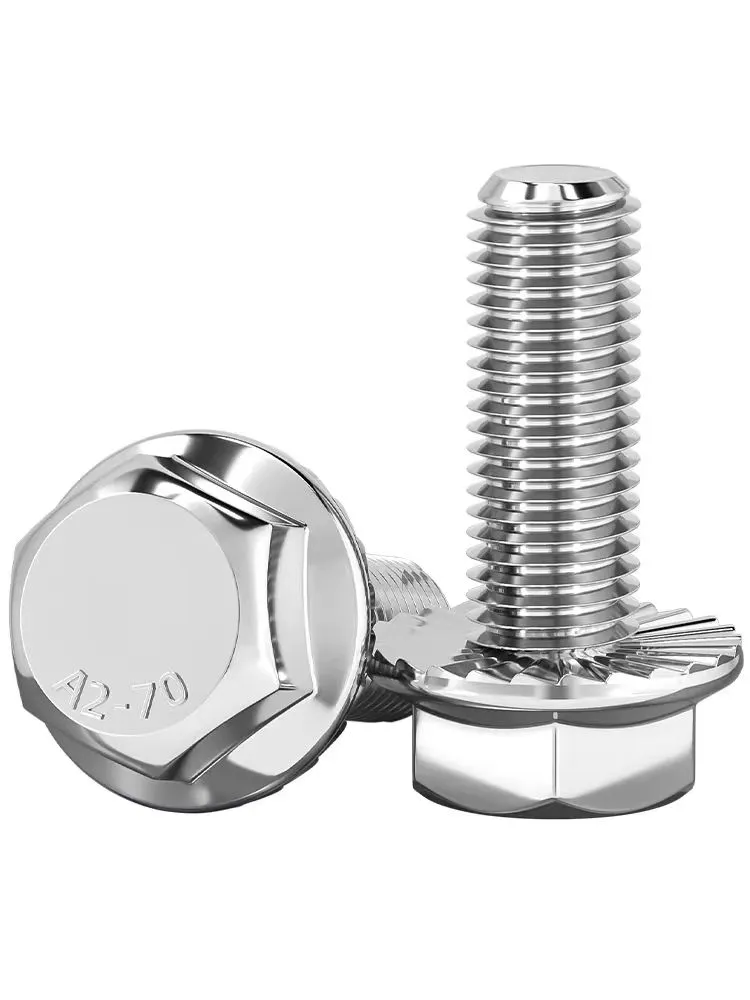

M12 stainless steel washers for durable and reliable fastening solutions in various applications
Aug . 17, 2024 10:16 Back to list
M12 stainless steel washers for durable and reliable fastening solutions in various applications
Understanding M12 Stainless Steel Washers A Essential Component in Mechanical Engineering
Stainless steel washers, particularly M12 washers, are vital components employed across various industries in mechanical engineering, construction, and automotive applications. Their significance lies in their ability to distribute loads, reduce friction, prevent leakage, and protect surfaces from damage. This article delves into the characteristics, applications, and benefits of M12 stainless steel washers, illustrating why they are indispensable in many assemblies.
What is an M12 Stainless Steel Washer?
The term M12 refers to the metric sizing of the washer, which represents an internal diameter of 12 millimeters. These washers come in various thicknesses and pack sizes and are typically used in conjunction with M12 bolts and screws. Stainless steel, known for its corrosion resistance and durability, is the preferred material for these washers, making them suitable for both indoor and outdoor applications.
Types of Stainless Steel Washers
Stainless steel washers can be categorized into different types based on their design and intended purpose
1. Flat Washers These are the most common type and are used to distribute the load of a threaded fastener, thereby preventing the fastener from pulling through the material.
2. Lock Washers Designed to prevent loosening due to vibration, lock washers add an extra layer of security, ensuring that the bolt remains tight in applications where movement occurs.
3. Fender Washers These washers have a larger outer diameter, making them ideal for distributing the load over a larger area, particularly in thin materials.
4. Belleville Washers Known as disc springs, these washers can provide a constant load as they compress. This makes them suitable for applications requiring a spring-like effect.
Applications of M12 Stainless Steel Washers
m12 stainless steel washers

M12 stainless steel washers are widely used in various applications, including
- Construction Utilized in building structures, bridges, and roads, providing stability and load distribution in bolted connections. - Automotive Employed in assembling vehicles to ensure secure connections in engines, suspensions, and chassis systems. - Machinery Essential in manufacturing equipment where pressure and load can compromise integrity, these washers contribute to maintaining machinery in optimal condition. - Marine Industry Their corrosion-resistant properties make them ideal for use in boats and other marine applications, where exposure to harsh conditions is a concern.
Benefits of Using M12 Stainless Steel Washers
1. Corrosion Resistance Stainless steel is inherently resistant to rust and corrosion, making these washers suitable for environments where moisture and chemical exposure are prevalent.
2. Strong and Durable The strength of stainless steel ensures that M12 washers can withstand a significant amount of pressure, making them reliable components in any assembly.
3. Versatility They can be used in various applications, from simple household repairs to complex industrial setups, making them highly versatile in their use.
4. Cost-Effectiveness While initial costs may be higher compared to alternatives like plastic or mild steel washers, the longevity and durability of stainless steel often result in lower maintenance and replacement costs over time.
5. Enhanced Aesthetic Appeal Stainless steel washers retain their appearance even after prolonged use, making them suitable for applications where visual appeal is important.
Conclusion
M12 stainless steel washers are crucial components in fastening and load distribution across numerous applications. Their combination of strength, durability, and resistance to environmental factors makes them indispensable in various industries. Whether you are an engineer, a DIY enthusiast, or a project manager, understanding the role of these washers can enhance the effectiveness and longevity of your mechanical assemblies. Choosing the right washer type and material, especially stainless steel, ensures that your projects stand the test of time.
Latest news
-
Hot Dip Galvanized Bolts-About LongZe|High Strength, Corrosion Resistance
NewsJul.30,2025
-
High-Strength Hot Dip Galvanized Bolts - Hebei Longze | Corrosion Resistance, Customization
NewsJul.30,2025
-
Hot Dip Galvanized Bolts-Hebei Longze|Corrosion Resistance&High Strength
NewsJul.30,2025
-
High-Strength Hot-Dip Galvanized Bolts-Hebei Longze|Corrosion Resistance&High Strength
NewsJul.30,2025
-
Hot Dip Galvanized Bolts-Hebei Longze|Corrosion Resistance&High Strength
NewsJul.30,2025
-
Hot Dip Galvanized Bolts - Hebei Longze | Corrosion Resistance, High Strength
NewsJul.30,2025

